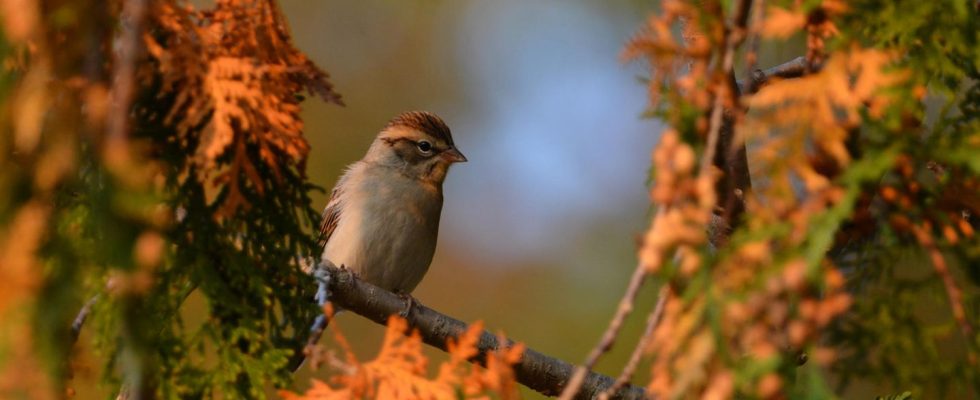bird watching
Close to nature: You need this equipment for bird watching
If you want to watch birds, the right binoculars will guarantee you the best view.
© Carol Hamilton / Getty Images
Nature is alive: Those who live in the immediate vicinity of forests, fields and meadows are very fortunate to be very close to them. Birds of all kinds exert a special fascination, as they have the edge over humans in inhabiting the air. With luck, numerous bird species can also be observed in Germany. Everything you need for bird watching can be found here.
Bird watching can be relaxing and exciting at the same time. Whether it’s an excursion into nature or the home garden, birds can be seen in different places. Anyone who consciously sets out to watch birds needs a little equipment for the best view and quick recognition of the bird species. Which is that? There are tips here.
Binoculars for a better view
Binoculars for bird watching should above all offer a suitable magnification (an eightfold magnification is a good orientation when buying). The price and quality range of binoculars varies and how much money you want to invest is a personal purchase decision. The more often you want to go bird watching, the better quality the binoculars should be. Another unit of orientation is the lens diameter in millimeters (e.g. 40). If you want to determine the speed of a pair of binoculars, all you have to do is divide the lens diameter by the magnification. This value should not fall below 3.5 in order to guarantee a bright image even in twilight and when the sky is overcast.
Bird Watching Guides
There are over 11,000 different bird species worldwide, of which 307 species occur in Germany. You see, that’s a lot of different species to see depending on the region and the season. To identify a bird species with certainty, take a close look at its size and shape, plumage coloration, behavior and song. Most of the time, when you go bird watching, you don’t see birds at first and hear the voice first. This provides a good starting point for identifying the species. Experienced bird watchers no longer need any help, but beginners are well advised to use a handy identification book. It is used to distinguish individual species. A good book is characterized by precise color drawings that highlight the differences between the individual species. Further works should also address the differences in plumage between young and adult birds and the differences between the sexes.
Feed and watch wild birds in the garden
The Nature Conservation Union, “Nabu” for short, recommends feeding wild birds between November and March. In frost and snow in particular, it becomes more difficult for wild birds to obtain food naturally. That’s why you can support birds in their search for food during the barren winter months. Not only the wild birds get their money’s worth, but also you as a bird watcher, because birds can be observed at close range. If you set up a feeding place in the garden or on the balcony, you should give the hygiene of this feeding place top priority. In conventional birdhouses, feed and bird droppings can easily mix and this can lead to disease. That’s why the “Nabu” recommends practical feed dispensers that are self-contained and therefore protected from moisture and faeces.
Source: Nabu
You might also be interested in:
This article contains so-called affiliate links. Further information are available here.


